Cartoon animation comes in various forms and levels of complexity, each suited to different storytelling styles, production budgets, and artistic goals. From the simplest flipbook animations to intricate, high-budget 3D films, the levels of animation vary greatly in terms of technique, detail, and the overall experience they offer to the audience. Understanding these different levels can help you appreciate the range of animation styles and choose the right approach for your own projects. Below is an exploration of the different levels of cartoon animation, from the most basic to the most advanced.
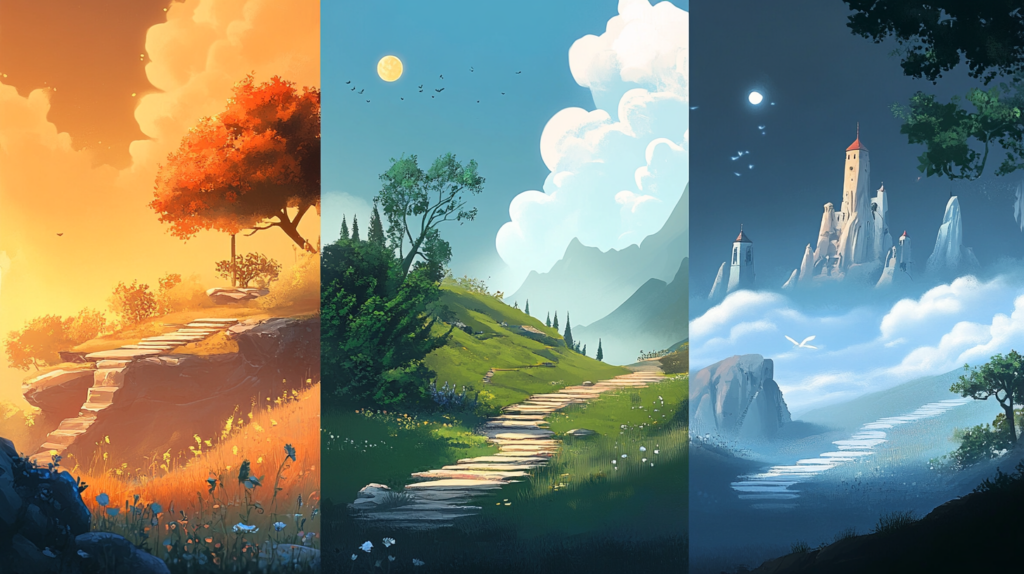
1. Flipbook Animation
Overview
Flipbook animation is the most basic form of animation, where a series of images are drawn on the pages of a book or notepad. When the pages are flipped rapidly, the images appear to move, creating a simple animated sequence. This technique relies on the principle of persistence of vision, where the brain perceives individual images shown in quick succession as continuous motion.
Characteristics
- Simplicity: Flipbook animations are often very simple, with basic movements like a bouncing ball or a stick figure walking.
- Hand-Drawn: Each frame is drawn by hand, making it a great starting point for beginners to understand the fundamentals of animation.
- Limited Frames: Flipbook animations usually consist of a limited number of frames, typically ranging from a few seconds to a minute in length.
Uses
Personal Projects: Artists and hobbyists create flipbooks as a creative, hands-on way to experiment with animation.
Educational Tool: Flipbooks are often used to teach the basics of animation.
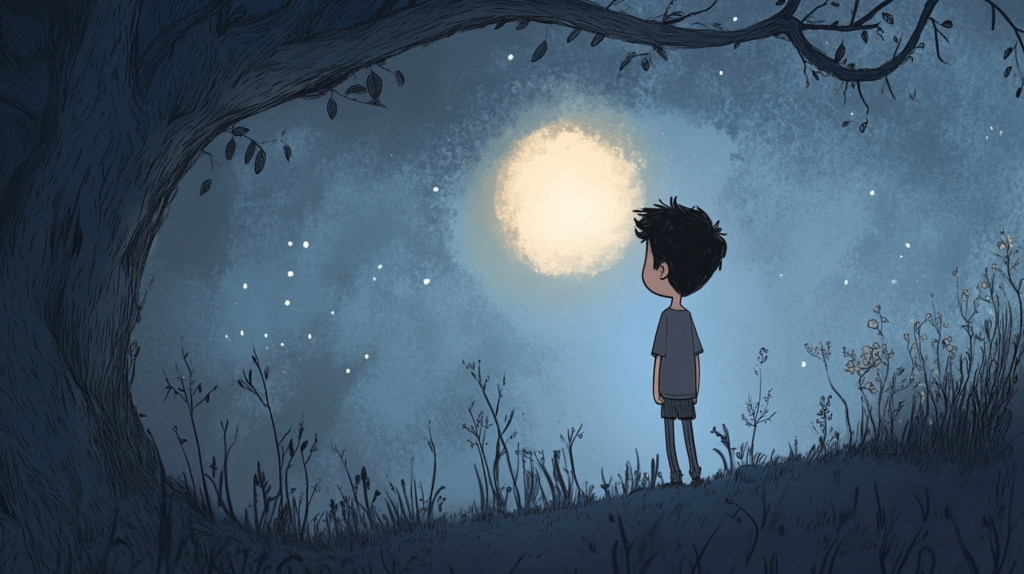
2. Traditional 2D Animation (Hand-Drawn Animation)
Overview
Traditional 2D animation, also known as hand-drawn animation, is the classic form of animation where each frame is drawn by hand on paper or a digital tablet. These frames are then photographed or scanned and played in sequence to create the illusion of motion.
Characteristics
- Frame-by-Frame Animation: Each frame is individually drawn, with the character or object slightly moved in each frame to create smooth motion.
- Cel Animation: Historically, hand-drawn animations were created on transparent sheets of celluloid (cels), with characters drawn on the cels and layered over static backgrounds.
- Artistic Style: Traditional 2D animation allows for a wide range of artistic styles, from the realistic to the highly stylized.
Uses
- Feature Films: Classic animated films like Snow White and the Seven Dwarfs (1937) and The Lion King (1994) are prime examples of traditional 2D animation.
- Television Shows: Many popular TV shows, such as The Simpsons and Looney Tunes, have been created using traditional 2D animation techniques.
- Short Films and Cartoons: This technique is also used for creating short animations and independent films.
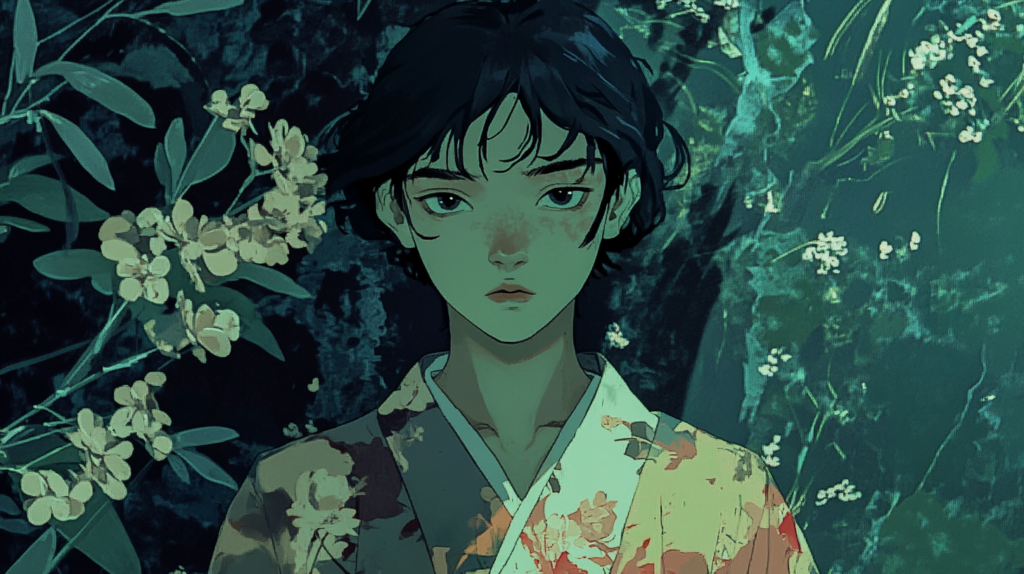
3. Limited Animation
Overview
Limited animation is a style of animation that reduces the number of frames used per second, often reusing certain elements like backgrounds, character poses, or mouth movements to save time and production costs. This approach became popular in television animation, where budgets and time constraints often necessitate a more economical style.
Characteristics
- Fewer Frames: Limited animation typically uses fewer frames per second (often 12 or even 8, compared to the 24 frames per second standard in full animation).
- Reuse of Assets: Characters might have static bodies with only parts of them, like their mouths or arms, animated.
- Simplified Movement: Movements are less fluid and more stylized, often relying on suggestive poses rather than detailed transitions.
Uses
Commercials and Educational Videos: Limited animation is also used in commercials and educational content, where complex motion isn’t necessary.
Television Animation: Shows like The Flintstones and Scooby-Doo are examples of limited animation that became highly popular due to their cost-effectiveness.
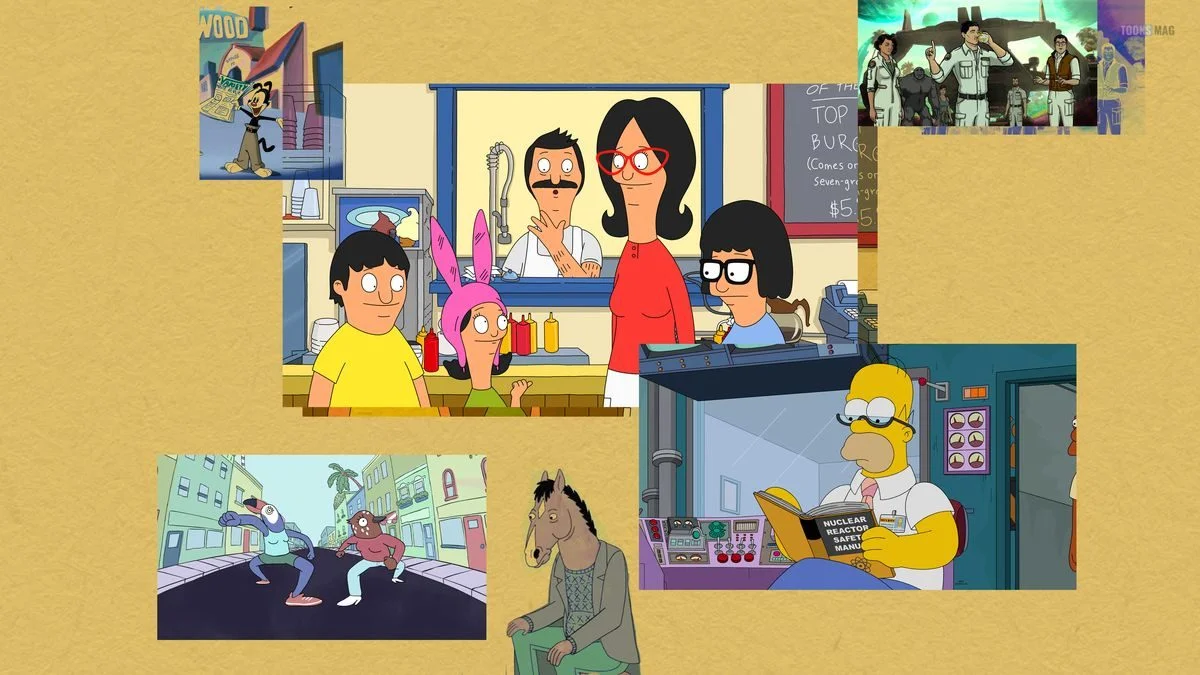
4. Digital 2D Animation
Overview
Digital 2D animation is the modern evolution of traditional 2D animation, where the entire process is conducted using digital tools. Artists create characters, backgrounds, and movements on software like Adobe Animate, Toon Boom Harmony, or even Procreate, allowing for greater flexibility and efficiency.
Characteristics
- Digital Tools: The use of software allows for easy edits, layer management, and integration of effects like tweening (automated in-between frames).
- Vector-Based Graphics: Digital 2D animation often uses vector graphics, which are scalable without loss of quality, making them ideal for multiple screen sizes.
- Hybrid Techniques: Artists can combine traditional hand-drawn techniques with digital conveniences, such as applying digital effects or using motion paths.
Uses
- Television and Web Series: Digital 2D animation is widely used in TV series like Rick and Morty and Adventure Time, as well as in web series on platforms like YouTube.
- Mobile Games: Many mobile games use digital 2D animation for character movements, UI animations, and effects.
- Explainer Videos: Businesses often use digital 2D animation for creating engaging explainer videos.
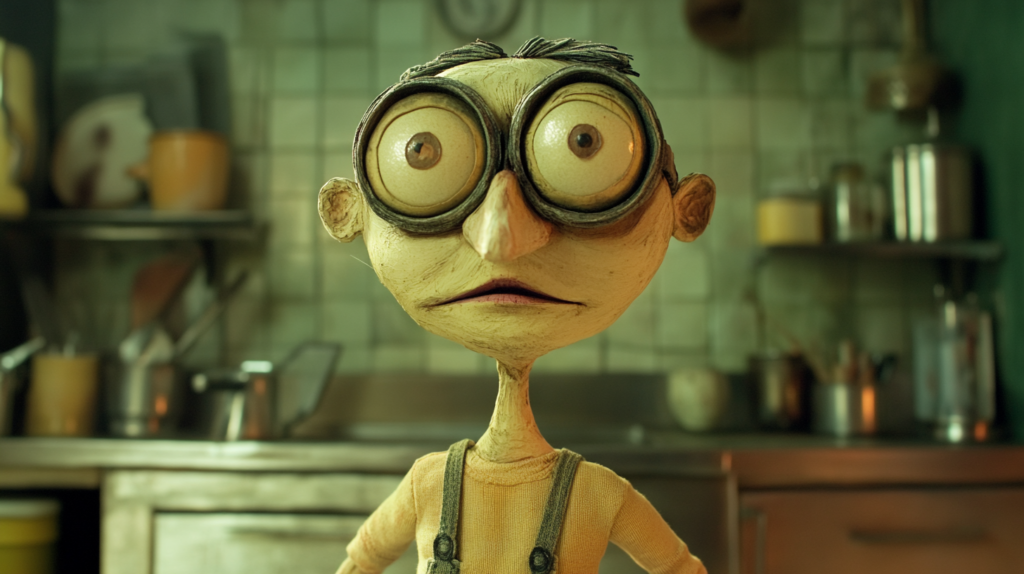
5. Stop-Motion Animation
Overview
Stop-motion animation involves physically manipulating objects or models frame by frame to create the illusion of movement. Each frame is photographed, and when these frames are played in sequence, the objects appear to move on their own.
Characteristics
- Physical Medium: Stop-motion uses real-world objects like clay figures (claymation), puppets, or even everyday items.
- Labor-Intensive: This technique is very time-consuming, as every slight movement needs to be captured individually.
- Tactile Quality: The physicality of the materials gives stop-motion animation a distinct, tactile quality that’s hard to replicate in other forms.
Uses
- Feature Films: Notable examples include The Nightmare Before Christmas (1993) and Coraline (2009).
- Short Films and Advertisements: Stop-motion is also popular in short films, commercials, and music videos due to its unique visual appeal.
- Educational and Experimental Animation: It’s often used in educational contexts or experimental art due to its hands-on nature.
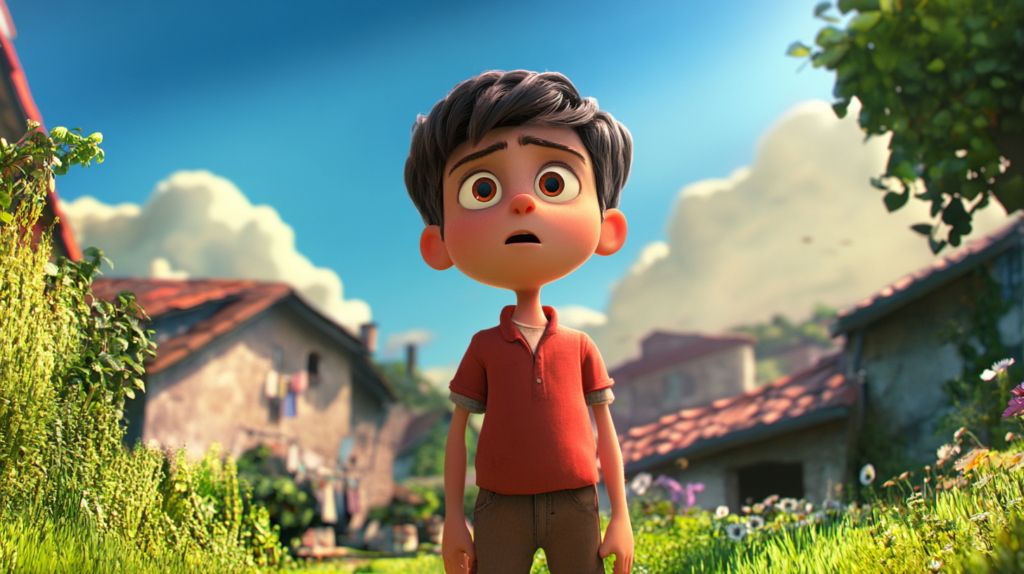
6. 3D Animation
Overview
3D animation, also known as CGI (computer-generated imagery), involves creating characters and environments in a three-dimensional space using specialized software. Unlike 2D animation, which is flat, 3D animation allows for depth, realistic textures, and complex camera movements.
Characteristics
- Realistic and Detailed: 3D animation can achieve highly realistic textures, lighting, and shadows, making it ideal for both realistic and stylized content.
- Rigging and Modeling: Characters are first modeled in 3D and then rigged with a skeleton that animators manipulate to create movement.
- Rendering: 3D animation requires rendering, a process that converts the 3D models into 2D images or frames, which can be time-intensive depending on the complexity.
Uses
- Feature Films: 3D animation dominates the animated film industry, with movies like Toy Story (1995) and Frozen (2013) setting new standards.
- Video Games: 3D animation is essential in video game development, providing realistic character models and environments.
- Virtual Reality (VR): 3D animation is also used in creating immersive VR experiences, where users can interact with a fully 3D environment.
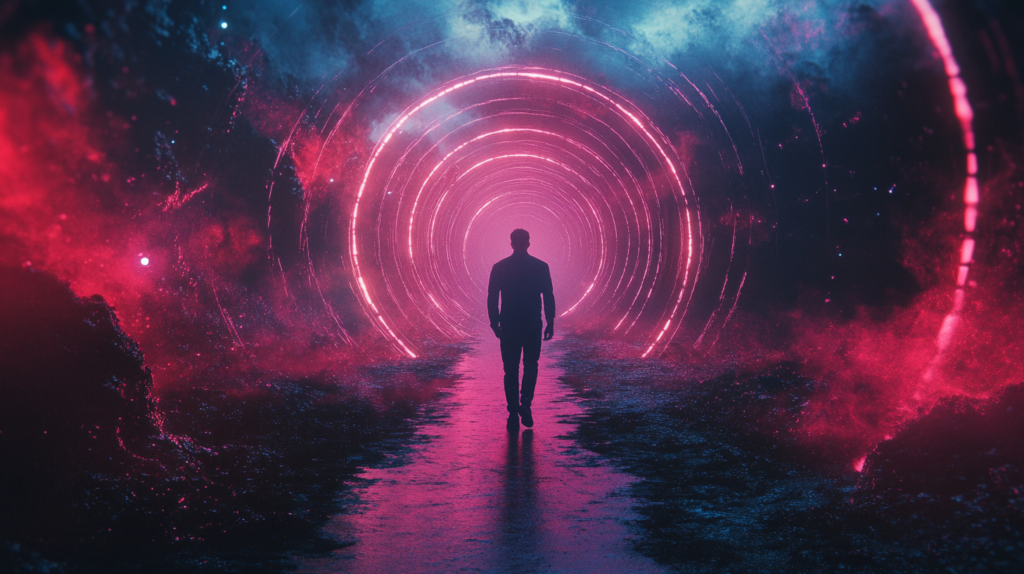
7. Motion Graphics
Overview
Motion graphics are a type of animation that focuses on animating text, shapes, and other graphic elements rather than characters or narratives. This style is commonly used in advertising, UI design, and informational videos.
Characteristics
- Design-Focused: Motion graphics often emphasize sleek, modern design with smooth transitions and animations.
- Text Animation: Animating text is a key component, making information dynamic and engaging.
- Integration with Live Action: Motion graphics are frequently combined with live-action footage to create engaging visuals.
Uses
- Commercials and Branding: Motion graphics are widely used in advertising to create logos, intro sequences, and branded content.
- Explainer Videos: They are also used in explainer videos to make complex information more accessible.
- User Interface (UI) Animation: Apps and websites use motion graphics for interactive elements, improving user experience.
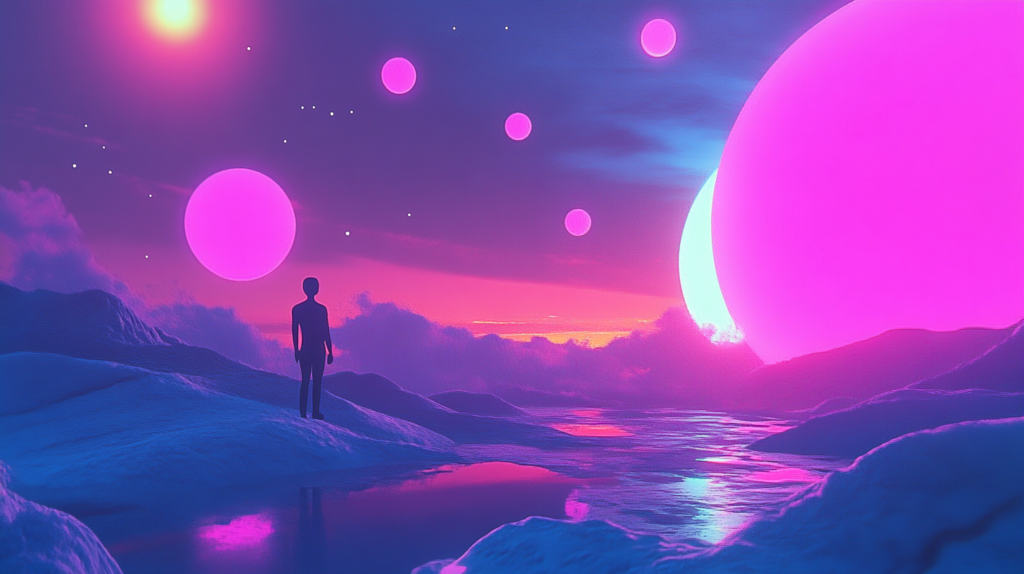
8. Experimental Animation
Overview
Experimental animation pushes the boundaries of traditional techniques, often using unconventional methods, materials, or processes to create unique visual experiences. This level of animation is more about exploring new artistic possibilities than following standard industry practices.
Characteristics
- Unconventional Techniques: Artists might use sand, paint, or other unusual materials to create animations.
- Abstract and Nonlinear: Experimental animation often focuses on abstract visuals and nontraditional narrative structures.
- Artistic Expression: The goal is usually to explore new forms of visual expression rather than to tell a conventional story.
Uses
- Art Films: Experimental animation is frequently used in art films and galleries, where the focus is on artistic exploration rather than commercial appeal.
- Music Videos: Musicians and directors sometimes use experimental animation to create visually striking music videos.
- Independent Projects: Independent animators often use experimental techniques to stand out or express unique creative ideas.
Choosing the Right Level of Animation
The different levels of cartoon animation offer a wide range of possibilities, from the simplicity of flipbooks to the complexity of 3D CGI. Each level has its own strengths, challenges, and uses, making it suitable for different types of projects. Understanding these levels can help animators and filmmakers choose the right technique for their storytelling needs, whether they’re creating a short web series, an educational video, or a feature-length film. As technology and creative tools continue to evolve, the boundaries between these levels are increasingly blurred, offering even more opportunities for innovation in the art of animation.
Frequently Asked Questions about Different Levels of Cartoon Animation
What are the basic levels of cartoon animation, and how do they differ?
The basic levels of cartoon animation typically include:
- Concept Art: Initial sketches and designs that define the characters, environments, and overall style.
- Storyboarding: Sequential drawings or digital frames that outline the key scenes and actions of the animation.
- Layout: Detailed drawings that establish the composition and positioning of characters and backgrounds within each scene.
- Animation: The process of creating the movement of characters and objects through frame-by-frame or digital techniques.
- Post-Production: Final steps that include editing, sound design, and adding special effects to complete the animation.
What is the role of concept art in animation?
Concept art serves as the visual foundation for an animation project. It helps define the aesthetic style, character designs, and environmental settings. Concept art provides a reference for all subsequent stages of production, ensuring a cohesive visual direction throughout the project.
How does storyboarding contribute to the animation process?
Storyboarding maps out the narrative flow and key moments of the animation. It provides a visual outline of each scene, including character actions, camera angles, and transitions. Storyboards help animators and directors plan and visualize the sequence of events before full-scale production begins.
What is involved in the layout stage of animation?
The layout stage involves creating detailed drawings that position characters and elements within each scene. This includes defining backgrounds, camera angles, and character blocking. Layouts ensure that all visual elements are properly arranged and aligned with the storyboards.
What are the differences between traditional frame-by-frame animation and digital animation techniques?
Traditional frame-by-frame animation involves drawing each frame by hand or on paper, creating a sequence of images that are played back in rapid succession to produce movement. Digital animation uses software tools to create and manipulate characters and scenes, allowing for more flexible and efficient production. Digital techniques often include rigging (using skeletons for movement) and keyframing (setting specific frames for major actions).
What are the key components of the post-production stage in animation?
Post-production involves editing the animated footage to ensure continuity and smooth transitions. It also includes adding sound effects, voiceovers, music, and special effects to enhance the visual experience. Color correction and final compositing are performed to ensure the animation looks polished and professional.
How does the process of animating 2D characters differ from 3D characters?
Animating 2D characters typically involves creating and manipulating flat images, with movement achieved through techniques like tweening (interpolating between keyframes) and frame-by-frame animation. 3D animation involves creating and manipulating three-dimensional models, using rigging and keyframing to animate characters and objects in a virtual space. 3D animation often requires additional steps like texturing, lighting, and rendering.
What is the importance of timing and spacing in animation?
Timing and spacing are crucial for creating realistic and engaging animations. Timing refers to the speed at which actions occur, while spacing deals with the distance characters or objects move between frames. Proper timing and spacing ensure that animations look natural and convey the intended emotions or actions effectively.
How do animators use keyframes in the animation process?
Keyframes are specific frames that define the start and end points of a particular action or movement. Animators use keyframes to set the primary positions or expressions of characters at critical points in time. In between these keyframes, in-betweens or “tweens” are created to fill in the gaps and create smooth transitions.
What are some common challenges faced in the different levels of cartoon animation?
Common challenges include maintaining consistency in character design and movement, managing the time and resources required for frame-by-frame animation, and ensuring seamless integration of sound and visual effects. Animators must also navigate technical issues related to software and hardware, as well as collaborate effectively with other team members to achieve a cohesive final product.
This post was created with our nice and easy submission form. Create your post!










One Comment